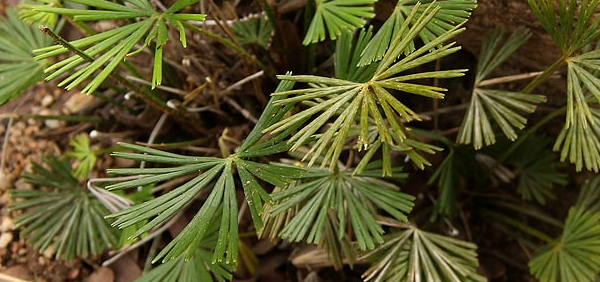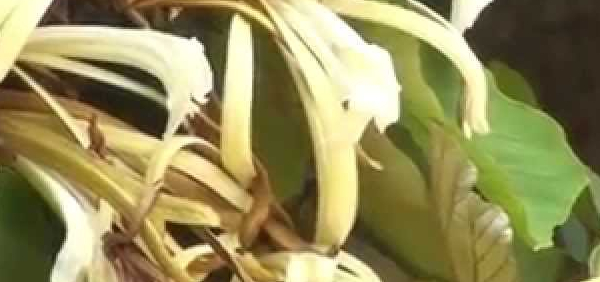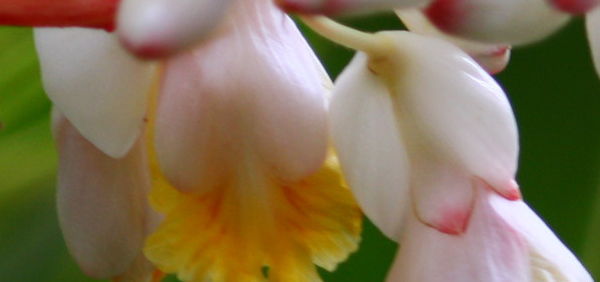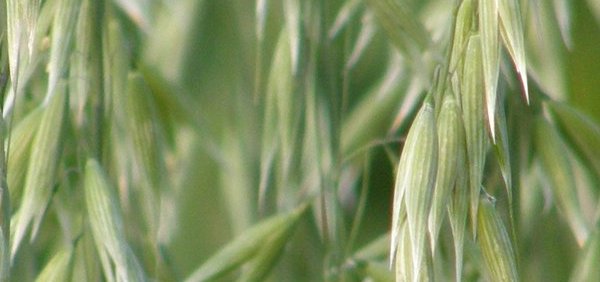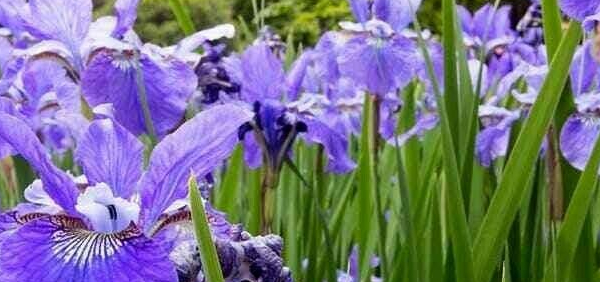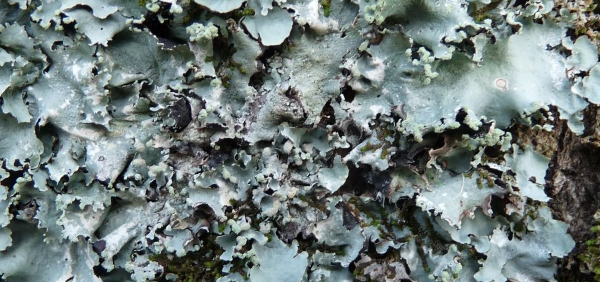yashtimadhu :

Morphology:
It is a hardy herb or undershrub; the leaves are
multifoliolate, imparipinnate; the flowers are in axillary spikes,
papilionaceous, lavender to violet in colour; the pods are compressed and
contain reniform seeds. The rootstock, which is stout, throws off a large
number of perennial roots. The dried, peeled or unpeeled underground stems and
roots constitute the drug known in the trade as Licorice.
Leaves, stem and root:
The
plant is a herbaceous perennial. It is 1 to 2 m high and has a long sturdy primary
taproot.
The
taproot is 15 cm long and subdivides into 3 to 5 subsidary roots, 1.25 m in length.
There
are several horizontal woody stolons which may reach 8 m.
New
stems are produced every year.
They
are sturdy, erect, branched either from the base or from further up, and are
generally rough at the top.
The
foliage leaves are alternate, odd pinnate and 10 to 20 cm long.
The
leaflets are in 3 to 8 pairs.
The
stipules are very small and drooping.
Flower and fruit:
The
axillary inflorescences are upright, spike-like and 10 to 15 cm long.
The
individual flowers are 1 to 1.5 cm long, bluish to pale violet and
short-pedicled.
The calyx is short, bellshaped and glandular-haired.
The
tips of the calyx are longer than the tube, and are pointed lanceolate.
Petals
are narrow, the carina petals are not fused, and they are pointed but not
beaked.
The fruit
is a pod, 1.5 to 2.5 cm long, and 4 to 6 mm wide.
It is
erect and splayed, flat with thick sutures, glabrous, somewhat
reticulate-pitted, and usually has 3 to 5 brown, reniform seeds
Histology:
Transverse
section of stolon more or less rounded. Phellem severeal layered with tabular
cells; outer layers filled with reddish brown contents, inner colourless.
Phellogen indistinct; phelloderm three to five layered, collenchymatous; some
of the cells contain calcium oxalate and minute starch grains. Secondary phloem
with numerous concentrically arranged bundles of phloem fibres and surrounded
by a parenchymatous sheath containing prisms of calcium oxalate. Medullary rays
distinct, bi-to multiseriate, parenchymatous, in continuation with those of
xylem. The rays are narrower in xylem and wider in phloem region. Xylem
consists of vessels, fibres and lignified wood parenchyma. The unpeeled drug
shows the presence of polyhedral tubular brownish cork cells. In case of
stolons, the pith is present and is parenchymatous. The root is characterized
by the presence of tetrarch xylem and absence of pith.
Powder:
It shows plenty of starch grains, hexagonal crystals vessel elements are with
reticulate wall pitting."
- » Classification and names of yashtimadhu
- » Synonyms and definitions of yashtimadhu
- » Drug Properties of yashtimadhu
- » Chemical Constituents of yashtimadhu
- » Standardization of yashtimadhu
- » Parts used and Dosage of yashtimadhu
- » Morphology and Histology of yashtimadhu
- » Distribution and Conservation of yashtimadhu
- » Cultivation of yashtimadhu
- » yashtimadhu in the market
- » Medicinal Uses of yashtimadhu
- » Researches and clinical trails of yashtimadhu
- » yashtimadhu in other sytems of medicine
- » Ayurvedic formulations with yashtimadhu
- » Images of yashtimadhu





